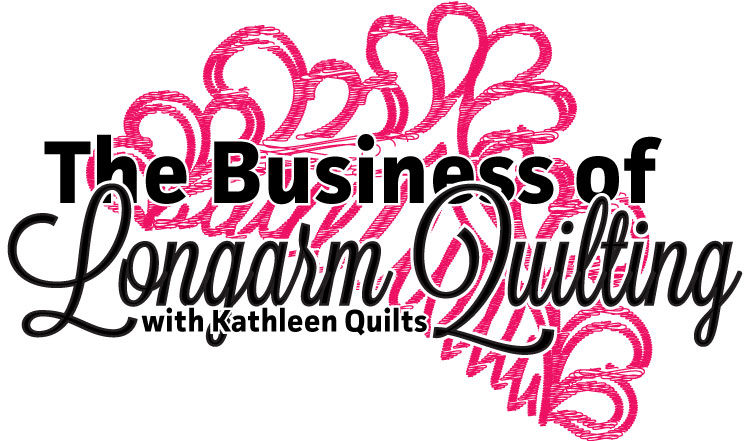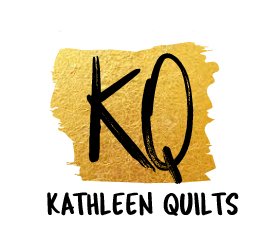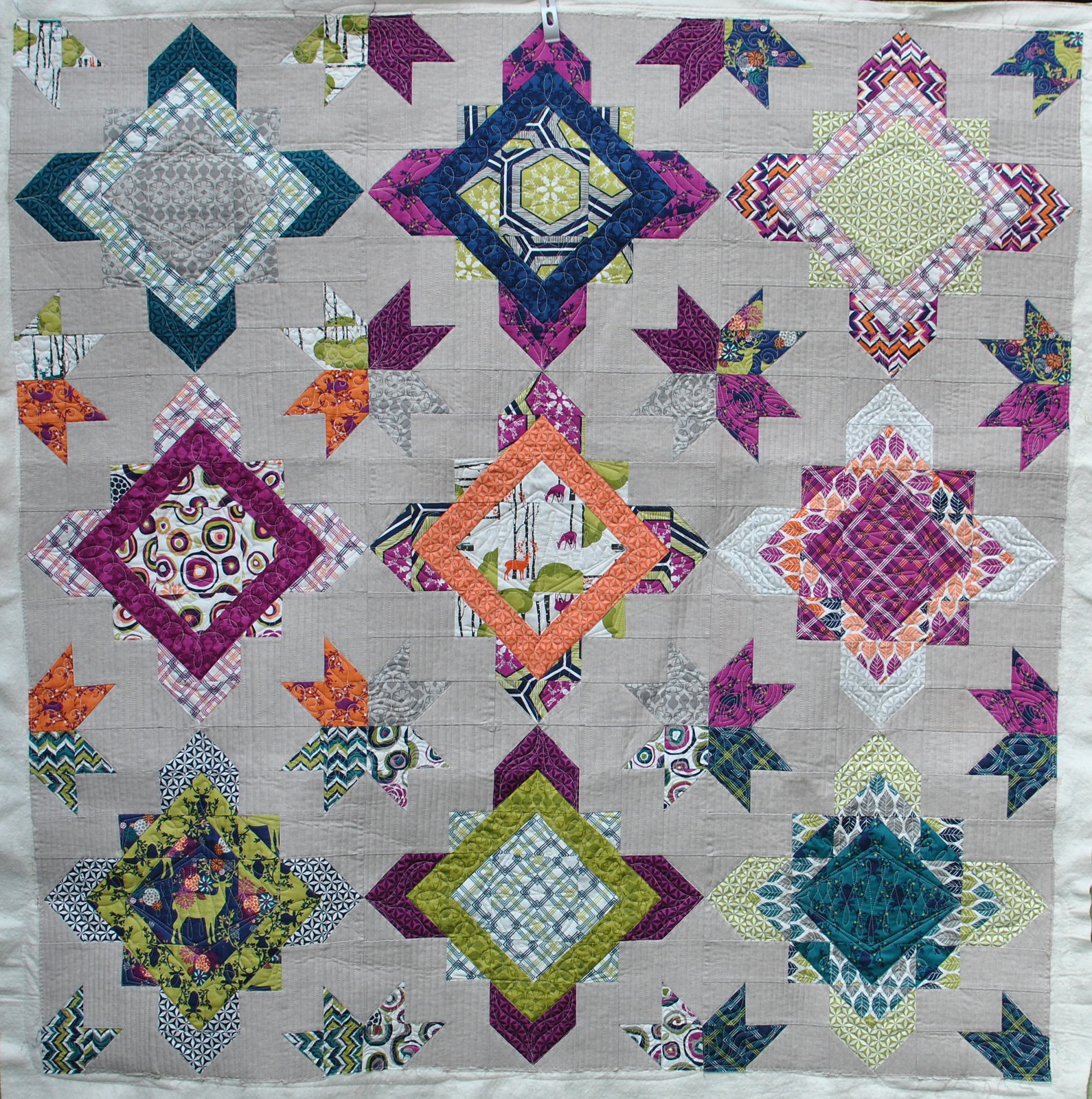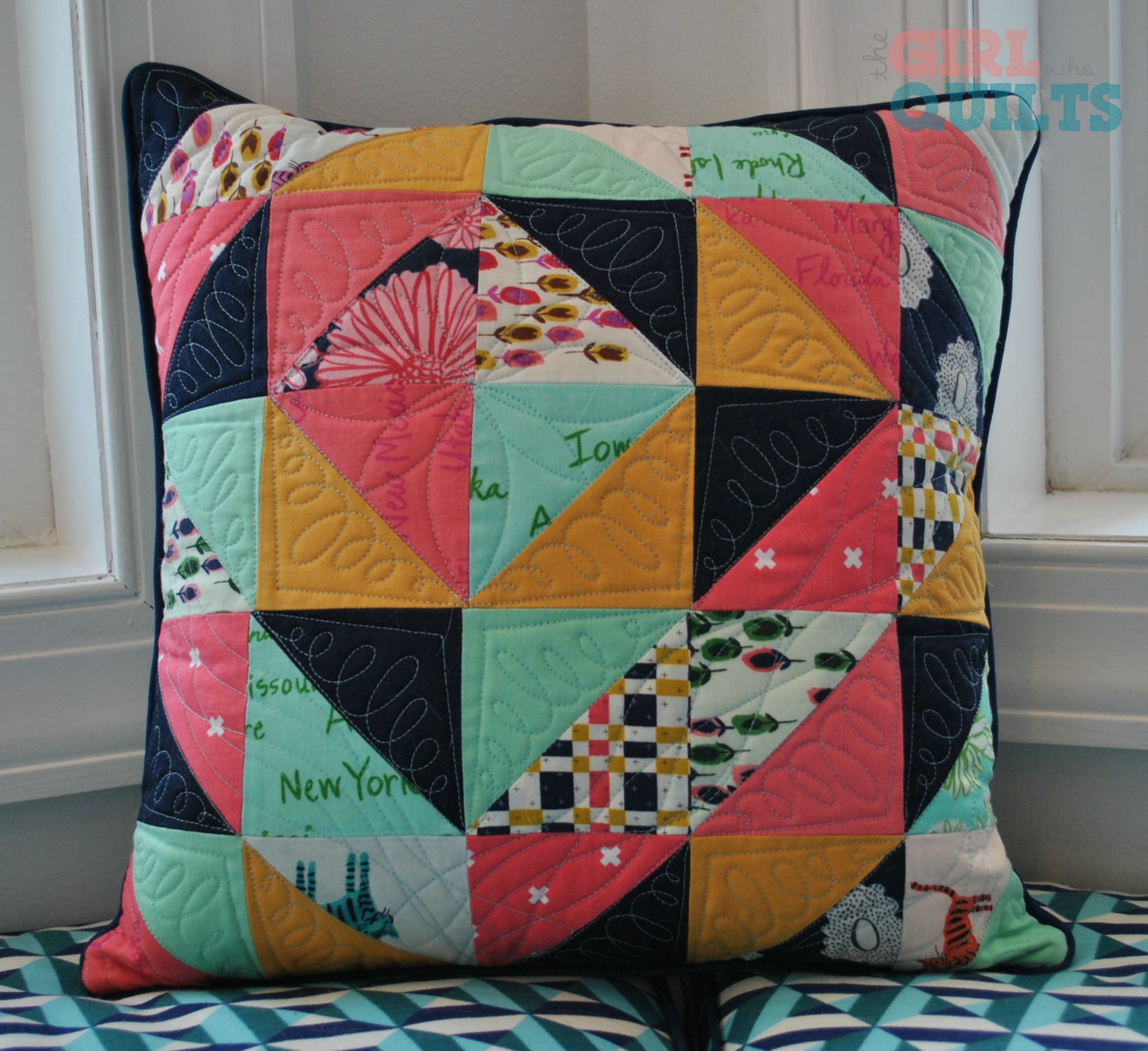The Business of Longarm Quilting -- Nikki's Quilting Business
 A couple weeks ago I asked a couple of my longarm friends to answer some questions about how they run their longarm businesses. Today, Nikki, from The Girl Who Quilts.
A couple weeks ago I asked a couple of my longarm friends to answer some questions about how they run their longarm businesses. Today, Nikki, from The Girl Who Quilts.
1. Who are you? (Name, blog address, instagram handle, quick bio, whatever else you want to add).
Nikki Maroon, www.thegirlwhoquilts.com, Instagram: @TheGirlWhoQuilts
2. How long have you been long arming? How did you get into it?
I bought my long arm in April of 2013, and pretty much jumped right in! I think I quilted my first customer quilt in May of 2013!
I originally bought a long arm because I thought I wanted to design patterns, and I wanted a way to quilt them that was easier on my body/faster than free motion quilting on a domestic machine. A friend suggested that I could long arm for other pattern designers to make a little extra money, but I soon fell in love with long arming and never really enjoyed pattern writing. The rest is history!
3. Is long arming your primary source of income or has it ever been? If not, what else do you do?
As a stay-at-home mom for the last 8 years, I'd say my main source of income is my husband's job. :D Almost all of the earnings that I contribute come from long arm quilting. I do have a few patterns which I sell, and I will take the occasional custom sewing job.
4. What is your process for booking/accepting customer quilts?
Typically people contact me over email, and their first question is always, "How long is your wait?" Unless it's right before Market, I don't have much of a wait and I quilt everything in the order that it's received. If I'm quilting for Market, that always has to take priority over other work. Once I have a quilt in hand, I start thinking about how I want to quilt it. Usually that includes some chatter back and forth with the quilt owner, unless they've given me full control over the quilting design (not going to lie, that's my fav way to work!). Before I do any work, I write up a quote detailing the quilting designs (if needed), thread colors, bobbin colors, quilting cost, batting cost, etc. I get started on the quilting as soon as the customer gives the OK on the quote!
5. How do you determine the cost of quilting? (If you feel comfortable sharing what you charge, please do)
I always give an initial price estimate in terms of cost per square inch. The final quote and subsequently the final price starts off based on a price per square inch, but also takes into account how long I think the job will take me. My starting rate for custom quilting is typically 5 cents/sq inch (USD), but that does not include really dense quilting. The denser the quilting, the higher the price. I also take into account number of thread changes, number of tie offs/start and stops, and how many times I'm going to be rolling/unrolling the quilt. All of these things take more time, and it's only fair that I be paid for the extra time that I'm investing in the project!
6. What type of quilts do you accept? Custom only? Modern only? Pantograph’s only? Anything someone want’s to give you? If you don’t accept all quilts, how do you tell clients you can’t quilt their quilt?
I have never turned a quilt away. I certainly prefer modern quilts, especially those with lots of solids to show off the quilting. However, I'm approached by lots of different styles of quilters and it can be really fun to help them finish their quilts! I think I've been pretty successful at taking a few so-so quilt tops and making them really pop with the right quilting!
I currently have 2 pantographs in my stash, but I don't really advertise them. I'm thinking about carrying a very small selection of modern pantos, because sometimes it's nice to have a lower priced option.
7. What do you do when you run into a problem with a customer quilts (excess fabric, holes in the piecing, blocks put in wrong, etc)?
Depending on the customer, I will either fix the issue and let them know what happened, or pause the job and contact them to see how they'd like me to proceed.
I once had a customer who's quilt top has TONS of loose threads exposed on the quilt top. If there are just a few of those, I'll trim them as I quilt, but in this case I told her that I've had to charge her for an extra 2 hours of work if she wanted them all cleaned up. She told me to just quilt the piece and she would trim them later.
I've also found a hole in a quilt: I marked the section and told the quilter. She was a newbie, and it looked like an overzealous rotary cutting mistake. I explained to her how I'd hand applique a small patch to mask it.
I've only had 1 block turned the wrong way. I fixed it and charged the customer.
I often run into batting/backing too small. Usually I'll fix it and charge the customer for an hour of my time. If it's a customer who I haven't worked with much, I'll let them know the issue and how much it will be to fix before I do it for them. They usually ask me to fix it and charge them.
I have had to start suggesting that some customers stay stitch around their tops, trim their backing more carefully, etc. It's hard to offer suggestion without offending them, but it makes my job easier and their quilts ultimately turn out better!
[embed]https://farm8.staticflickr.com/7351/16554335775_4f035ccbc8_o.jpg[/embed]
8. How do clients find you most often? Advertising, IG, blog, etc.
Mostly instagram and word of mouth!
9. What social media do you use? Do you find it helpful to your business?
Blog and instagram. I definitely think that instagram helps. I don't blog regularly, but it's easy to take in-process pics for instagram. And I think people love to watch a project grow!
Thanks so much Nikki for answering all the questions!!!
I'd love to hear from you -- why not answer the questions in the comments? We can all learn how different people approach their business!!!
Later days,
Kathleen.



